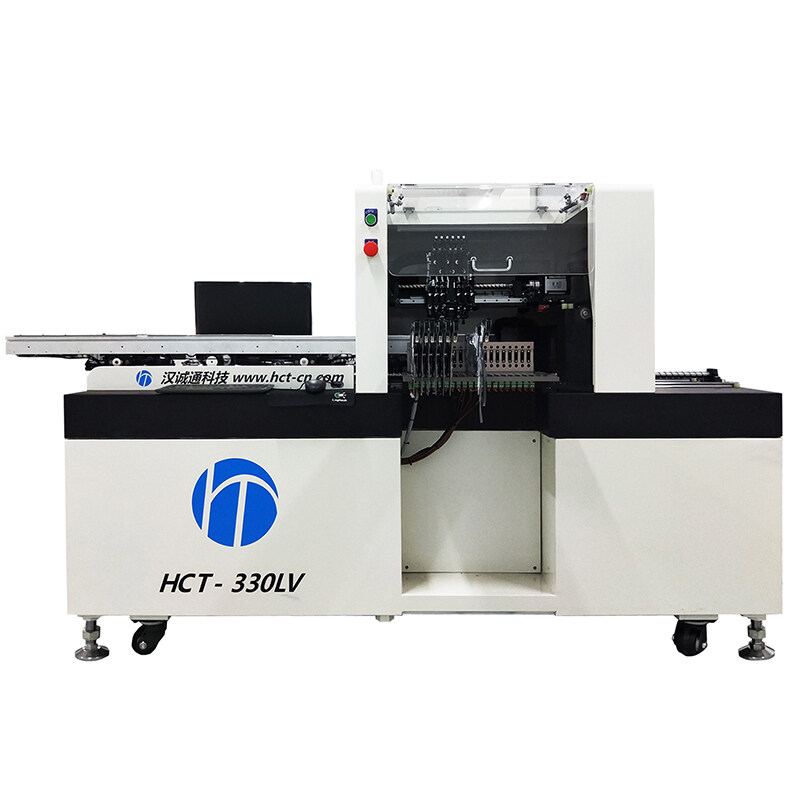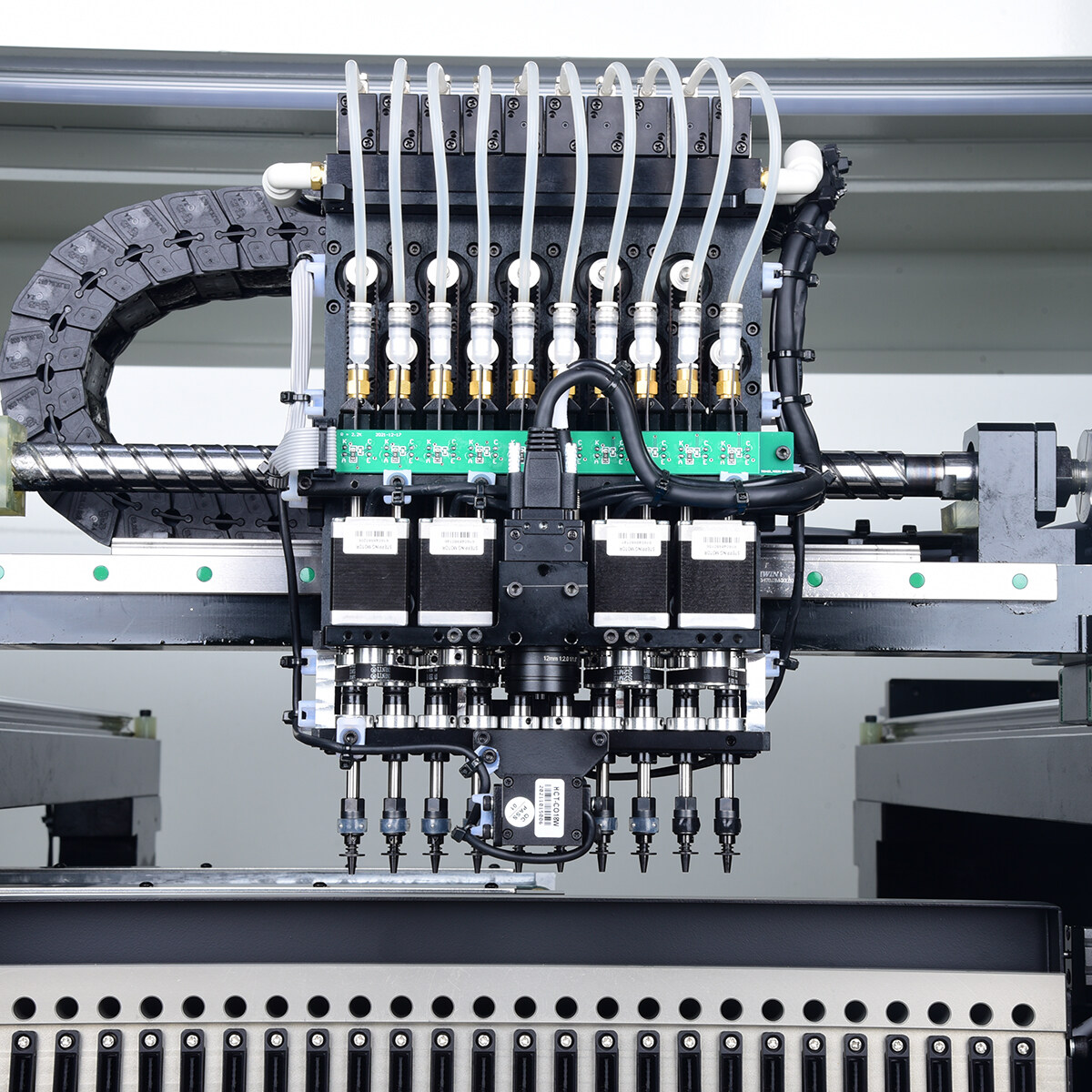Error de formato de correo electrónico
emailCannotEmpty
emailDoesExist
pwdLetterLimtTip
inconsistentPwd
pwdLetterLimtTip
inconsistentPwd


Fully Automatic Production Line Line for SMT Led
Introduction to SMT LED Manufacturing
The production of surface mount technology (SMT) LEDs has undergone significant advancements in recent years. With the increasing demand for energy-efficient and high-quality lighting solutions, the industry has witnessed the development of fully automatic production lines. These lines utilize state-of-the-art machines to ensure precision, reliability, and streamlined manufacturing processes.
Automated Assembly Process
To meet the growing demand for SMT LEDs, manufacturers have integrated fully automatic machines into their production lines. These machines are capable of handling tasks such as solder paste application, component placement, and reflow soldering. By automating these processes, manufacturers can achieve higher production capacities, reduce production cycle times, and minimize human error.
Solder Paste Application
One of the first steps in SMT LED manufacturing is the application of solder paste onto the printed circuit boards (PCBs). Fully automatic machines utilize precision dispensing systems to accurately apply the solder paste onto the designated areas with minimal wastage. These machines are equipped with advanced vision systems to verify the correct placement of the solder paste, ensuring consistent quality across all the assembled LEDs.
Component Placement
Once the solder paste has been applied to the PCBs, fully automatic machines take over the component placement process. These machines use robotic arms equipped with high-speed cameras to pick up the SMT LED components and accurately place them onto the designated solder pads. The precise placement of these components is crucial for ensuring optimal electrical connections and mechanical stability.
Reflow Soldering
After the component placement, the PCBs are subjected to a reflow soldering process. Fully automatic machines incorporate advanced infrared heating systems that precisely control the temperature profiles to ensure proper solder melting and reflow. The machines continuously monitor the temperature and time parameters to achieve consistent and reliable solder joints, eliminating the risk of solder defects such as cold solder joints or solder bridging.
Quality Control and Efficiency Improvement
In addition to the automated assembly process, fully automatic production lines also integrate quality control measures to ensure the production of high-quality SMT LEDs. Advanced vision inspection systems with high-resolution cameras scan the assembled LEDs for defects such as misalignment, solder defects, or incorrect component placement. Any defective units are automatically rejected or marked for further inspection and corrective actions.
Efficiency improvement is another key aspect of fully automatic production lines. By minimizing human intervention, manufacturers can achieve higher production rates, lower labor costs, and reduce the risk of errors. The machines are designed to work continuously, 24/7, allowing for seamless production without the need for manual intervention or downtime.
The Future of SMT LED Manufacturing
The advent of fully automatic production lines has revolutionized the SMT LED manufacturing industry. The integration of advanced technologies such as artificial intelligence, machine learning, and robotics holds great potential for further improvements in efficiency, precision, and productivity. As these technologies continue to evolve, we can anticipate even faster production speeds, higher-quality output, and greater flexibility in customization.

Fully Automatic Production Lines for SMT LED Improves Overall Productivity
The development of fully automatic production lines for SMT LEDs has transformed the manufacturing process in terms of efficiency, quality control, and overall productivity. These automated systems ensure precision assembly, reduce defects, and enhance the scalability of LED production. With continuous advancements in technology, the future of SMT LED manufacturing looks promising, with further improvements in efficiency, quality, and customization capabilities.

